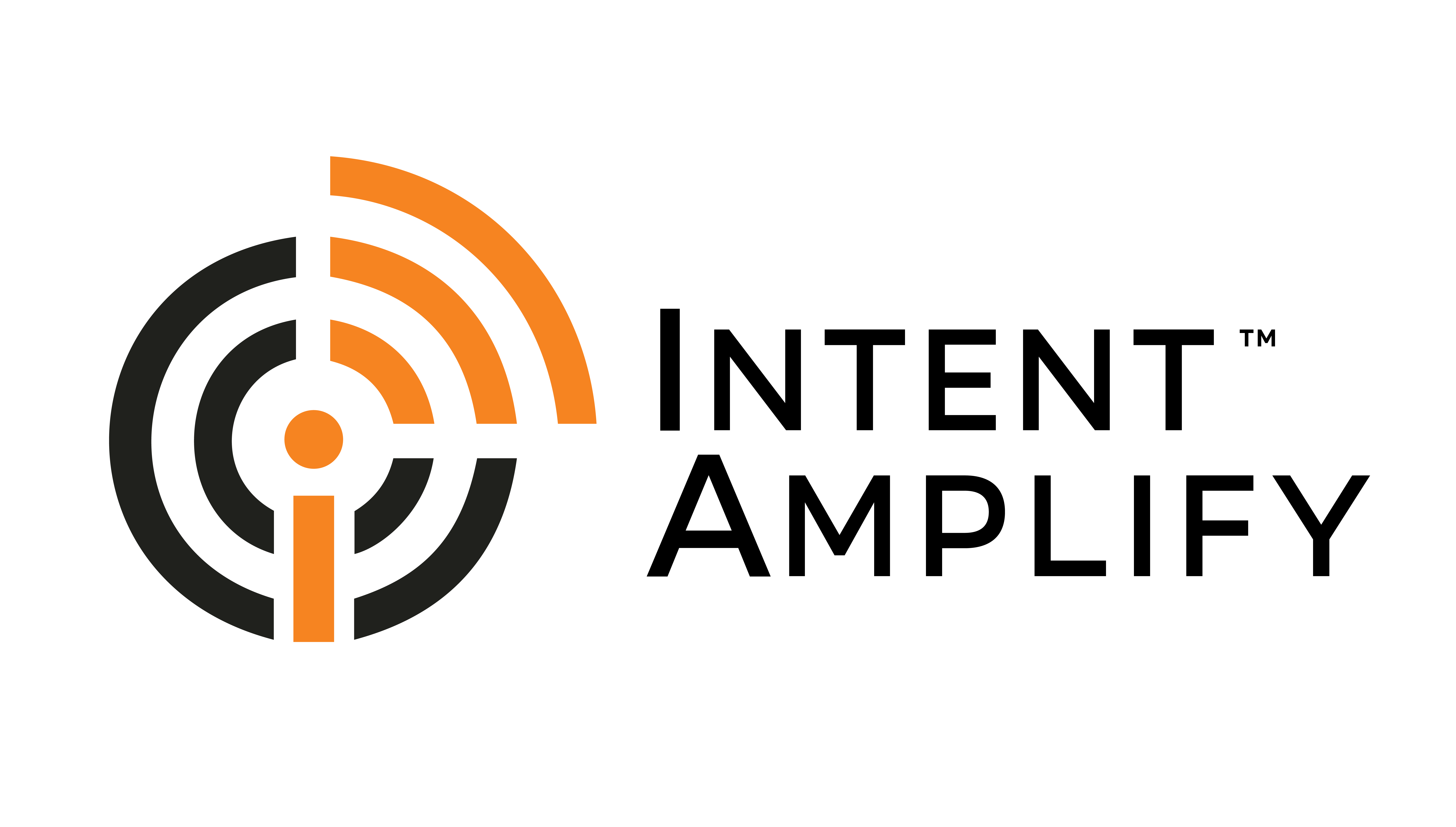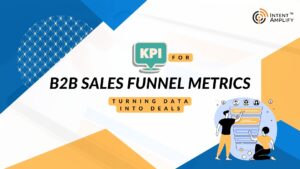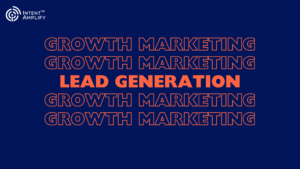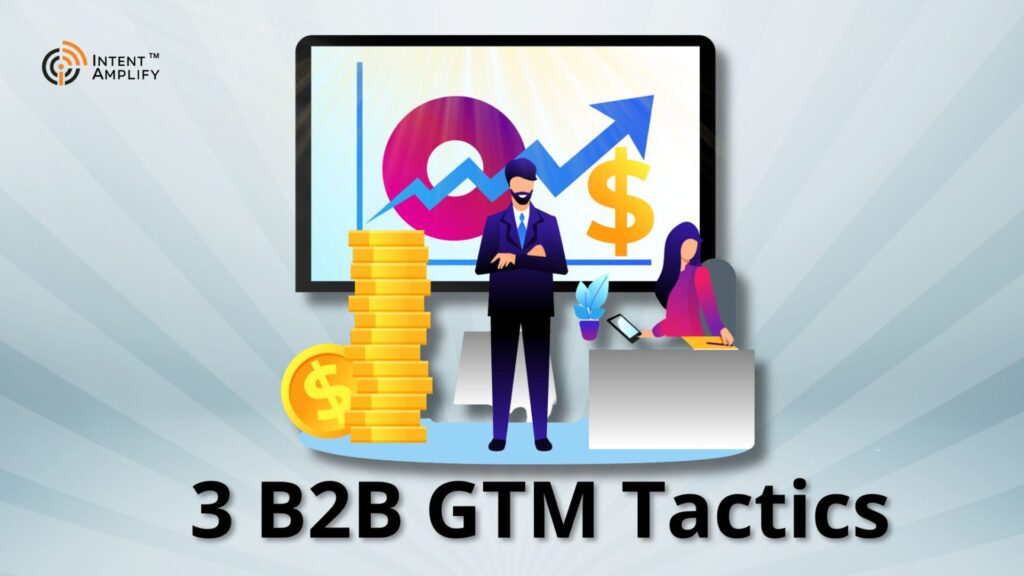
3 Tried & Tested B2B GTM Strategies to Double Your ROI
B2B GTM strategies should be part of your company’s culture and aspirations. Every great GTM strategy is unique but more or less solves the same marketing plan for organizations — How to build a strong messaging channel, showcasing the blueprint for releasing your product or service to the target audience, a roadmap to customer acquisition, improved customer satisfaction scores, and market leadership.
GTM strategies for B2B companies are much more than traditional product launches. They cover all aspects of reaching your ideal customer, from crafting ideal price points to identifying the optimal distribution channels. It’s like a specialized map designed for a specific campaign, unlike the broader map that represents your overall business vision.
This strategic approach can be executed across various scenarios – whether you’re introducing a groundbreaking innovation or simply expanding your customer base with an existing product. It’s a significant tool that arms businesses for success in the ever-evolving market landscape.
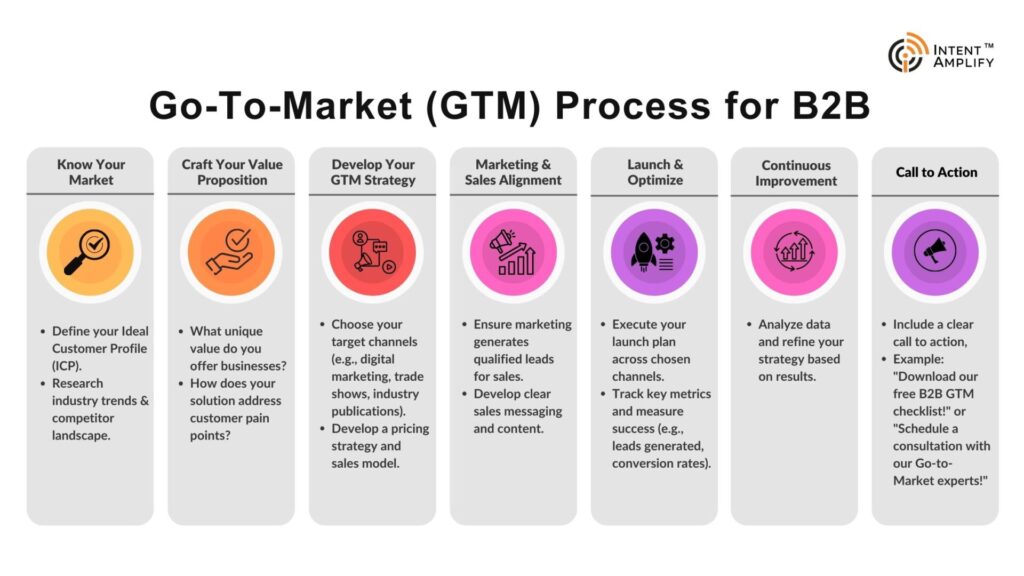
But how can you ensure your GTM strategy is driving real results? Here are 3 proven strategies to 2X your B2B GTM ROI.
1. Understanding Your Customer Thoroughly
Here’s a deeper look at why understanding your customer is critical for crafting a high-performing GTM strategy:
(a) Buyer Personas: In B2B marketing, demographics are just the tip of the iceberg. To truly understand your ideal customers, you need to create detailed profiles called buyer personas. These buyer personas are fictional representations of your target audience that go beyond just basic details.
Think of them as composite sketches that capture the challenges and pain points, buying journey, and decision-making process. Does It take into account questions such as what keeps your ideal customer awake at night? What problems they are trying to solve? What touchpoints do they interact with before making a purchase and who all are involved in the decision-making process?
By understanding these aspects, you can tailor your approach to effectively address their specific needs.
(b) Targeted Messaging: You can’t go around selling the exact same size t-shirt to a bunch of random people and still expect successful sales. It’s highly unlikely they will all be of the same size! The same principle applies to B2B marketing. Generic messaging that casts a wide net might reach some potential customers, but it won’t resonate deeply.
By understanding your customer’s pain points and interests, you can craft targeted messaging that speaks directly to them. Focus on the challenges they face and how your product or service can alleviate them. Use language and examples that resonate with their specific industry or role. This personalized approach increases engagement and makes your offering more relevant.
(c) Focus on Benefits, Not Features: If you’re showcasing a new power tool, you could talk about all the technical specs – the motor wattage, the number of settings, etc. But what truly matters to the customer? The key is to communicate the value proposition – the benefits your product or service delivers.
Don’t get too invested in explaining the features. Rather, explain how your offering will help the customer achieve their goals, solve their problems, or improve their bottom line. Focus on the outcomes they care about, and frame your message in terms of those benefits.
By taking this deep dive into customer understanding, you’ll gain the insights needed to craft a B2B GTM strategy that resonates with your target audience, leading to a significant boost in your ROI.
2. Using Data for Targeting and Optimization
A data-driven approach can help you optimize your B2B GTM strategy, here’s how:
(a) Marketing Automation: Marketing automation tools allow you to hit the right target by segmenting your audience based on buyer personas and behavior. These tools enable you to create segmented campaigns, tailor messaging that resonates with each segment’s specific needs and interests, and automate workflows with email sequences or trigger targeted ads based on their online behavior.
(b) Tracking Key Metrics: Running marketing campaigns without proper measurement is a blind way to work. Tracking key performance indicators (KPIs) is essential for optimizing GTM strategy for B2B companies. These metrics act as your dashboard, providing insights into the effectiveness of your campaigns.
Common B2B marketing KPIs include website traffic, lead generation, conversion rates, and so on. By closely monitoring these KPIs, you can identify areas that are performing well and areas that need improvement. This data-driven approach allows you to adjust your strategy in real-time, ensuring your campaigns are delivering the best possible results.
(c) A/B Testing: When you have two ideas and both are brilliant, why not use them both? A/B testing involves presenting two different versions of a marketing element (e.g., landing page, email subject line, ad copy) to a portion of your audience and measuring which version performs better. This data-driven approach helps you identify the most effective messaging and tactics to optimize your GTM strategy.
By leveraging marketing automation, tracking key metrics, and employing A/B testing, you can transform your B2B go-to-marketing strategy from a guessing game into a finely tuned machine. This data-driven approach ensures you’re targeting the right audience with the right message at the right time, leading to a significant boost in your ROI.
3. Aligning Sales and Marketing Teams
A well-oiled GTM strategy for B2B marketing isn’t just about individual departments firing on all cylinders. It’s about creating a seamless collaboration between sales and marketing, ensuring they operate as a unified force. Here’s how to achieve this alignment:
(a) Service Level Agreements (SLAs): Sales and marketing should work in conjunction – otherwise the client is shown one thing and gets another. Service Level Agreements (SLAs) act as the blueprint for collaboration.
These agreements define the lead qualification criteria which ensure both teams are on the same page. It ensures shared goals and establishes clear communication channels. By setting clear expectations through SLAs, you bridge the gap between sales and marketing, fostering a collaborative environment that drives results.
(b) Content Marketing: Imagine a salesperson bombarding potential customers with calls before they’re even remotely interested. It’s an approach unlikely to yield success. Content marketing plays a crucial role in lead nurturing. By creating high-quality content that educates and engages potential customers throughout the buying journey, you build trust and credibility, educate and nurture leads, and generate qualified leads.
This content marketing strategy empowers the sales team. Leads nurtured with valuable content are more receptive to sales outreach, leading to more qualified conversations and ultimately, higher conversion rates.
(c) Sales Enablement: Sales enablement equips your sales team with the tools and resources they need to effectively communicate your value proposition and close deals. This includes product knowledge training, sales collateral, and sales training.
By implementing these three proven B2B GTM strategies for your organization, you can better understand your customers, target them with laser-focused demand generation campaigns, and optimize these for maximum impact. These steps automatically sync with each other translating into a significant boost in your GTM ROI, driving more qualified leads, increased sales conversions, and ultimately, a thriving B2B business.
